You're Reading: How to Refuel Playing Golf
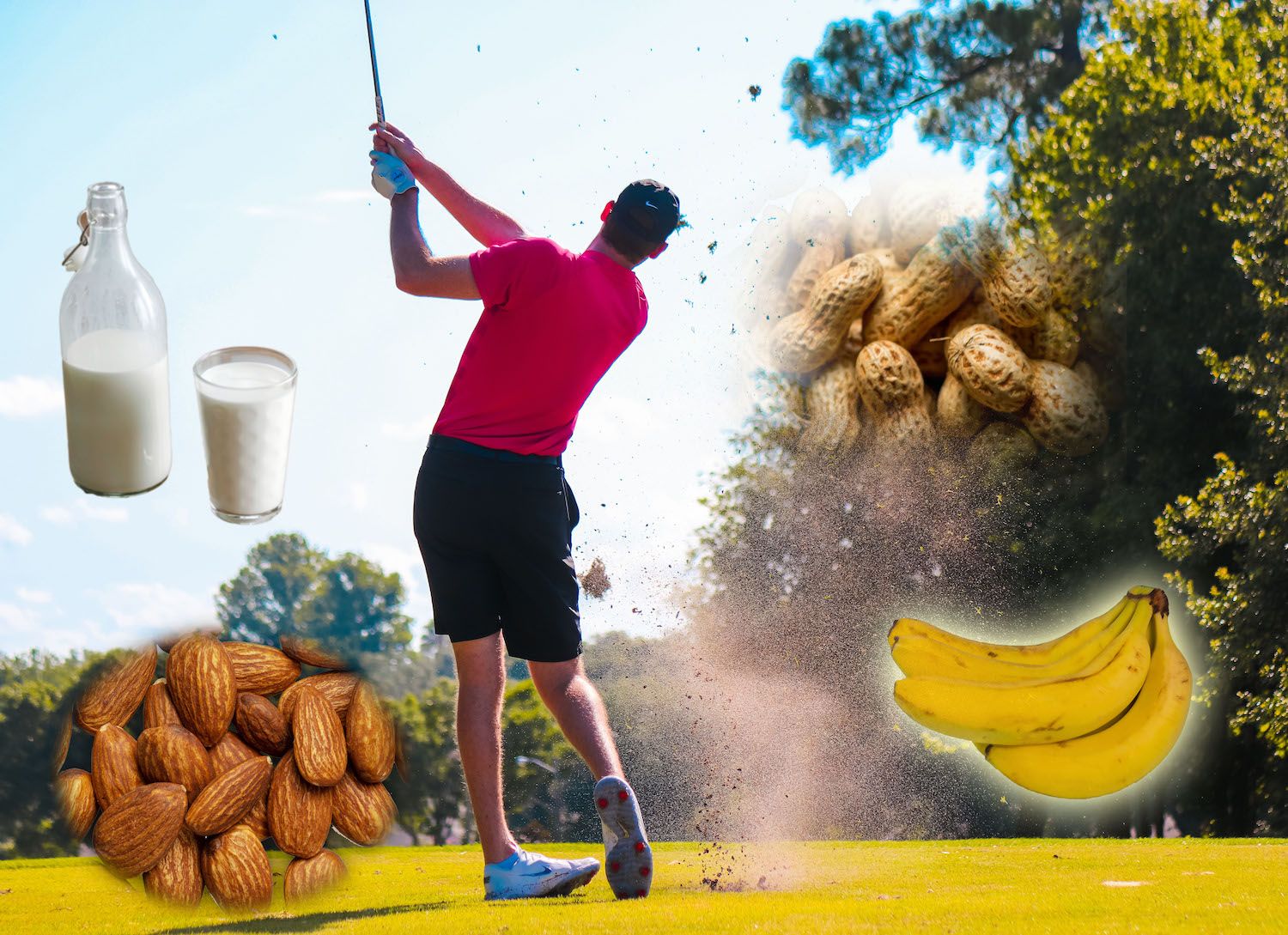
Disclaimer: This article offers recipes and information dealing in the preparation of food as well as recipe submissions from various sources. Golf Surfer™ does not provide any warranty towards the content of these recipes. It is your responsibility to determine the value and quality of any recipe or instructions provided for food preparation and to determine the nutritional value, if any, and safety of the preparation instructions. You should consult a doctor or a nutritionist before following these recipes.
It’s summer time and it’s golf season. To make sure you are at peak performance throughout your round, you need to maintain your energy. This means consuming food and drink. However, not all food and drink are created equal nor will they fuel you as effectively. As the athletic and physical aspect of golf has become of increasing interest in the modern game, it has become clear that eating habits can influence your score for the better. So, how can you best get your nutrition on the course?
While golf is not like basketball, football, tennis or other truly physically demanding sports, playing the sport burns a considerable number of calories. In fact, professional golfers cover more miles in a round than athletes in the NBA, Tennis, the NFL, or MLB do in their respective competitions. During the 2021 Capital One’s The Match, Bryson DeChambeau explained to Charles Barkley how he walks 8 miles in a round of golf. Using the general rule that 100 calories are burned per mile, this equates to 8 x 100 = 800 calories burned. Furthermore, given the fact that you will burn between 100 and 200 calories standing per hour, over 4 hours this equates to an additional 600 calories burned. The loss in calories prompts Dechambeau to consume a protein shake every six holes in addition to protein bars and peanut butter and jelly sandwiches.
To be clear, you probably will not require the same constant consumption during your round as DeChambeau. For one, you likely will not walk as much or burn as many calories playing. Professional golfers acquire a substantial number of steps in their pre-shot preparation whilst they analyze their shots. Whether this be reviewing the break in a putt from all angles or walking up to the green to better understand the green prior to hitting their approach from 100 yards out, their steps and miles covered account for much more than just the yardage on the scorecard. Moreover, the average length of a PGA Tour golf course is 7,200 yards, about 1,000 yards longer than the average length of the white tees at your local golf course. Also, consider the fact that most golf courses are set up so that the subsequent white tee box is near the previous green; naturally, the longest tee boxes are less conveniently located. Therefore, golfers playing from the tips must walk the extra distance to their tee markers and then back up the hole, essentially doubling the 1,000-yard increase. Of course, if you typically ride in a cart, your steps will drop dramatically.
Basal Metabolic Rate, or BMR, indicates how many calories a person would burn in a day by only sleeping, resting, or basically doing nothing. DeChambeau has a relatively high BMR given his large mass and young age. Additionally, since he has worked to increase his weight by adding healthy muscle mass, his BMR will be even greater as “lean mass requires a lot of energy to maintain.” Therefore, while a rough calculation of his BMR computes a value of 2,297, working with his claim that he put on 40 pounds of muscle and that a pound of muscle burns an additional 6 calories a day, his true BMR is likely closer to 2,537. Feel free to calculate your own BMR below.
BMR
--BMR (Adjusted)
--BMR Hourly
--So, while you may not need to stick to DeChambeau’s diet (duh), studies have shown that golfers burn anywhere from 800 to 1,400 calories per round. Naturally, as we discussed, people burn calories just doing nothing. Let’s say that the number of a calories that a golfer would have burned in 4 to 5 hours just resting is 400 calories. This means that the additional calories that you must consume to maintain your energy is about 400 to 1,000 calories. In other words, you need to eat an additional meal.
During the summer in most of the United States, golfers will experience rounds with extreme or at least mild heat. Since humans are warm-blooded and your body is great at maintaining the appropriate body temperature of 98.6 ° degrees Fahrenheit, you will begin to sweat. This sweat does not necessarily lead to an increase in calories burned. Instead, much of the loss in weight that golfers will experience is due to a loss in water weight. Makes sense given that sweat is comprised of primarily water and electrolytes. Consequently, make sure to drink your water, especially on hot days. Your brain contains about 70% to 85% of water and dehydration has been linked to a loss in cognitive function. Since golf has been described as being 90% mental, hydrating your brain is certainly important. On a final note, being dehydrated increases muscle tension and thus your chances for orthopedic injury.
Following the general rule of thumb that you should drink two-thirds of your body weight (lbs.) in fluid ounces, a 180-pound person would require 120 ounces. Depending on the heat of the day, consider drinking up to 50% or 60 ounces during your round.
Based on everything that we know, golfers need to consume roughly 400 to 1,000 calories and need to replenish their body fluids and minerals particularly on hot days. In practical terms, to what does this relate? Let’s start with better understanding electrolytes.
Electrolytes are electrically-charged minerals in your body that are important for balancing the water in your body and “for proper functioning of the nerves, muscles brain and heart.” Again, when you sweat you lose not only water but electrolytes. If you simply replenish yourself with H2O during a hot round, the electrolytes in your body fluids will become diluted which may lead to you feeling “off.” This is why sports drinks like Gatorade that contain electrolytes are popular. However, do not feel the urge to chug down multiple Gatorades; each 20 oz bottle contains about 70% of your daily sugar intake. Usually a better source of these minerals is food.
Common electrolytes are sodium, chloride, potassium, magnesium, and calcium. Naturally, the goal would be to find foods that contain these.
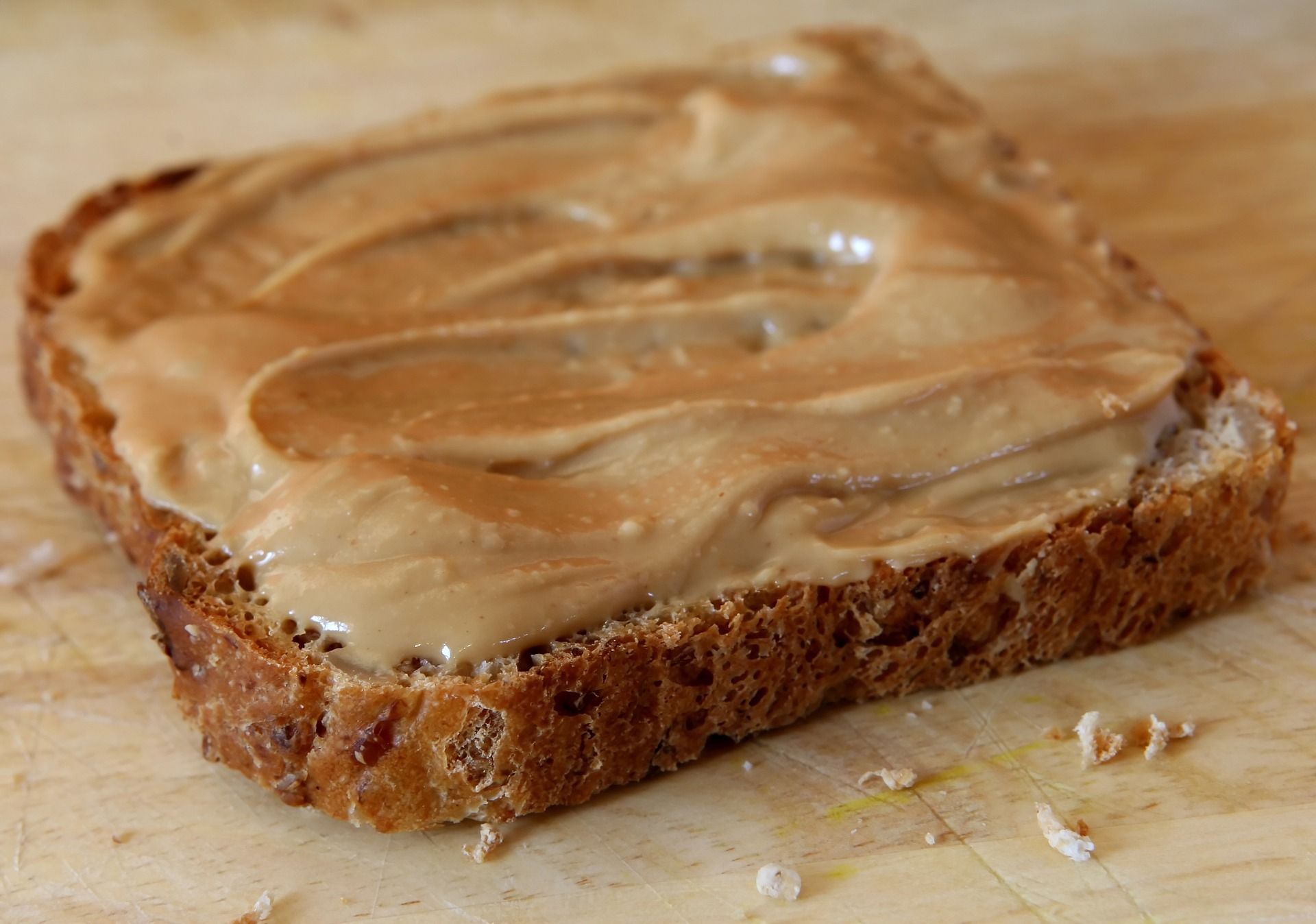
This classic and straightforward sandwich is great for a mid-round snack. Reason being is not so much your choice of bread or toast, but the peanut butter inside. Peanut butter, despite being considered a processed food, contains many beneficial nutrients. The calories for this staple are between 400 and 550, depending on type of bread and amount of peanut butter. Thus, it fits right into the range of calories that you need to consume during your round. Of course, if you are trying to lose weight or simply do not get hungry enough on the golf course, make only half a sandwich with a single slice of bread.
First, a serving of peanut butter (2 tbsps.) has 7 grams of protein. If you are like me, you may find that 1 serving is not quite enough and try for 2, which will boost your protein intake. Each slice of bread adds 4 grams of protein. Therefore, you should get between 15 and 20 grams of protein from this snack. Why is protein important? Well, while golf is not on the same level as endurance sports such as distance cycling, skiing, soccer, etc., it does require endurance. Endurance athletes should exceed the Recommended Daily Allowances (RDAs) for protein in order to maintain or build muscle mass or lose weight. Instead of consuming .8 to 1 gram of protein per kg of body weight, golfers should adhere to the range of 1.3 to 1.7 grams per kg.
Proteins are also more complex molecules than carbohydrates and thus take longer for your body to break down. This extends the digestive process, making proteins “a valuable source of long-lasting fuel for prolonged exertion.” The protein range of a peanut butter sandwich that we noted is nearly ideal; your body is only capable of absorbing 20 to 25 grams of protein in a single sitting. Excess protein may be converted by your body into glucose, which could lead to stored fat and weight gain.
Speaking about electrolytes, a serving of peanut butter contains about 150 mg of sodium (7% of Daily Value). It is also a source of chloride. Moving on to magnesium, peanut butter proves to be a rich source of this mineral with 12% of the daily value.
Note: Natural peanut butter will not replenish electrolytes in sodium and chloride like processed peanut butter. Also, everything in life should be enjoyed in moderation. Too much sodium is not recommended.
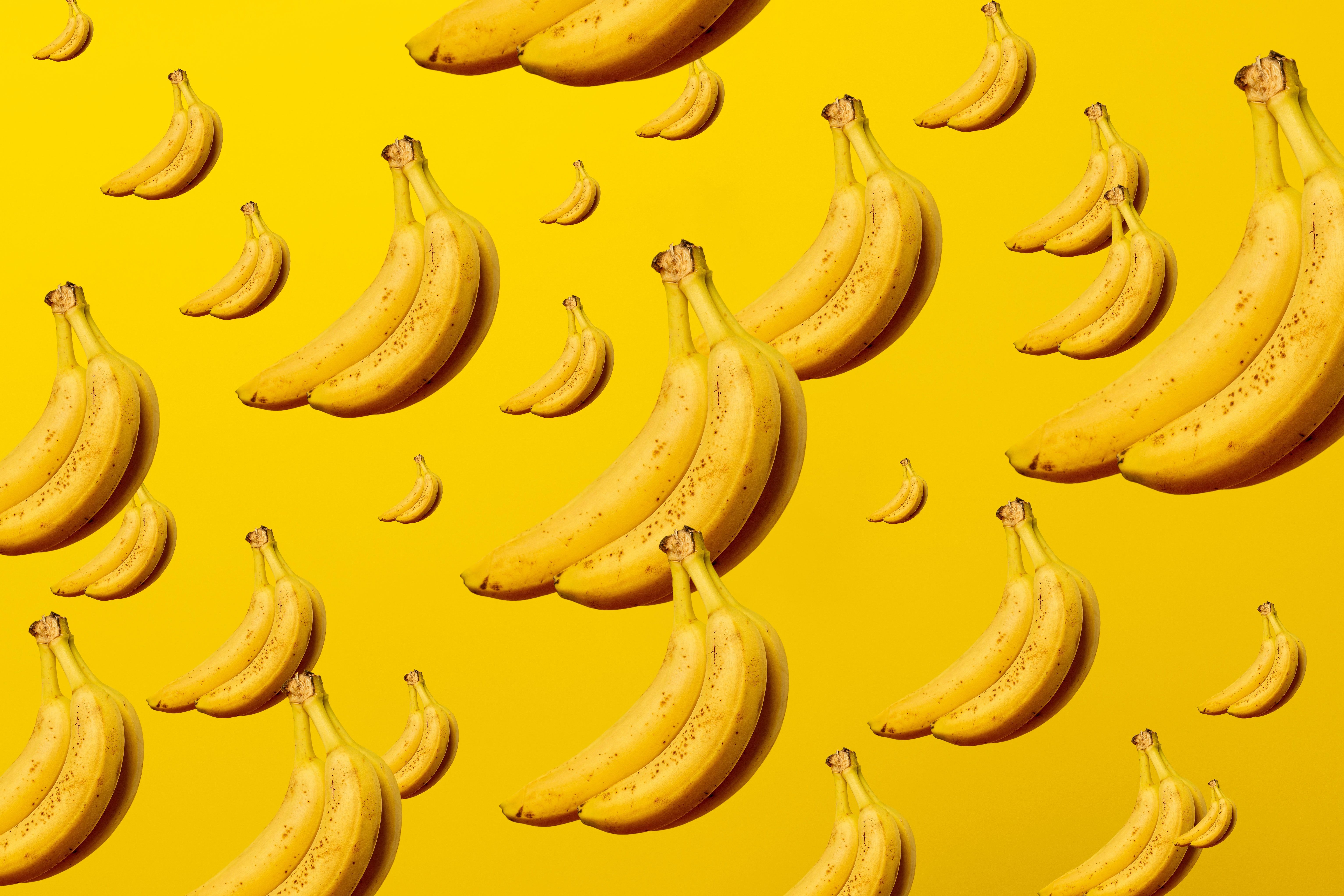
Bananas are a great snack on the golf course. It is always important to get your servings of fruits and vegetables each day. However, not many fruits or vegetables are enjoyable in the heat. Who really wants a hot and sticky strawberry? I am tempted to suggest watermelon until I consider the mess involved. Alternatively, a banana is conducive to the heat and is well contained within its peel, easily storable and accessible for snack time. Tiger Woods takes the fruit to the next level by incorporating it into his peanut butter and banana sandwiches. (That’s crunchy peanut butter if you’re taking note.)
Sometimes referred to as nature’s snack bar, bananas are a great source of energy. It is no secret that bananas are a great source of potassium. As we have discussed, potassium is an electrolyte that your body loses via sweat. Consuming a banana will replenish this mineral. Furthermore, most Americans fail to get enough potassium in their diets. Secondly, for only about 100 calories, bananas are very effective for making you feel full. This satiety can be attributed to the 3 grams of fiber in a regular-sized banana. Fiber cannot be digested by the human body. Bacteria in your colon is responsible for breaking down a portion of the fiber consumed while the rest turns into waste. Ultimately, though, fiber will slow your digestion, making you feel fuller for longer.
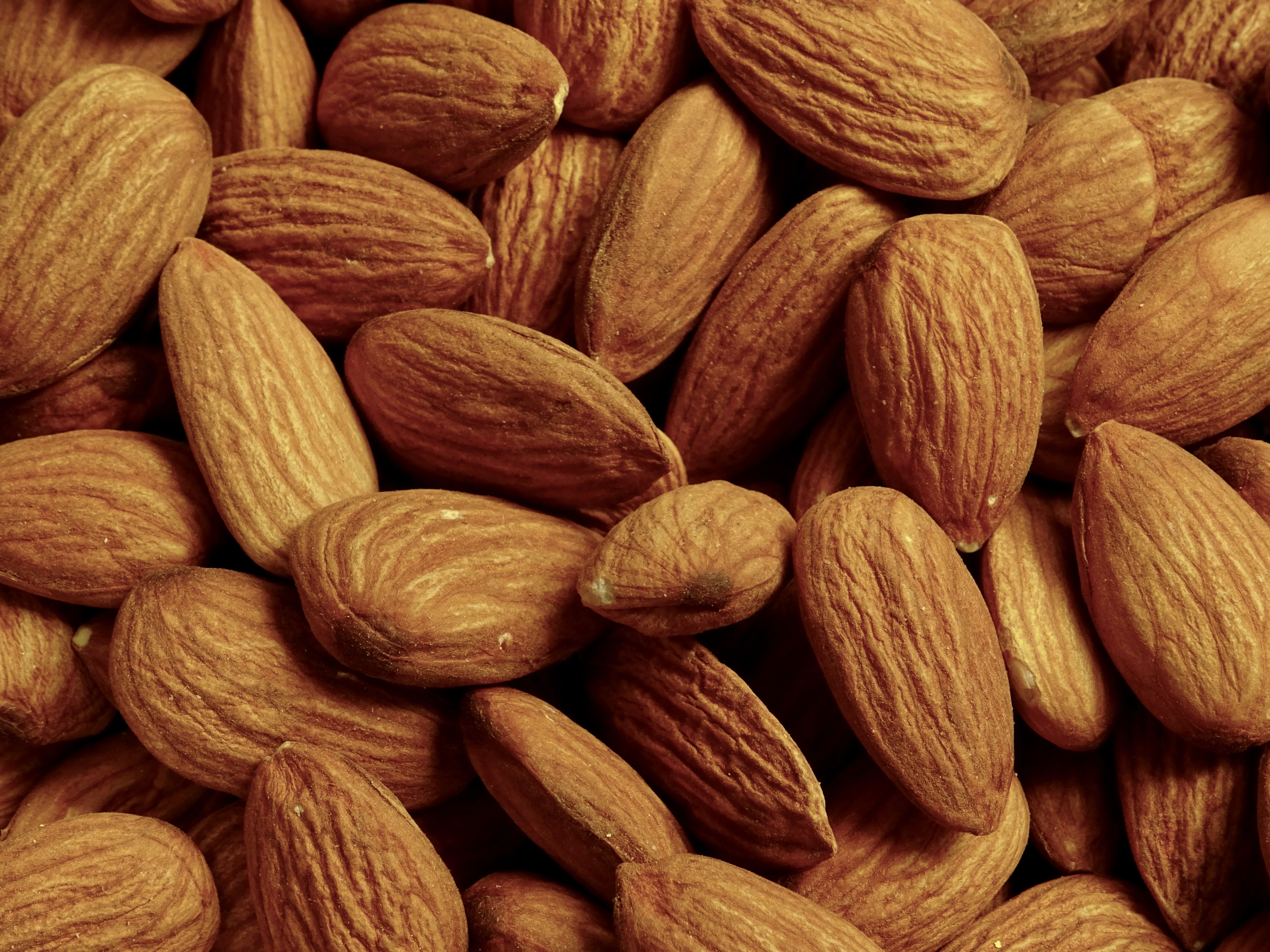
Nuts are by far one of the easiest snacks to manage. They are clean and dry, can be broken into as many or as few servings as desired, and have great nutritional value. Almonds are commonly ranked top of the list of nuts. While raw or roasted almonds can provide a tasty snack to munch on between swings on the course, Blue Diamond’s Honey Roasted Almonds are always tough to pass up.
Like peanut butter, almonds are a great source of protein and healthy fats like omega-3 fatty acids. Despite getting a bad rap, fats are an important part of a healthy diet. In his book How I Play Golf, Tiger emphasizes that “you need a little bit of fat to maintain your weight.” The issue is that many of the typically consumed fats are saturated fats, fat molecules with fatty acid chains whose carbon atoms are linked strictly by single bonds. Saturated fats are more compact and do not provide the same fluidity to cell membranes as do unsaturated fats, which contain carbon atoms linked with a double bond. Recently, there has been some debate that the correlation between saturated fats, raised cholesterol, and cardiovascular disease is overblown. Nevertheless, it appears that having a significant amount of the good cholesterol HDL (high-density lipoprotein) relative to overall cholesterol levels reduces risk for disease and improves bodily functions. Unsaturated fats have been shown to increase HDL. Ultimately, although our cells require a combination saturated and unsaturated fats, unsaturated fats are generally considered healthy fats.
With 6 grams of protein and 165 calories per serving (about 20 to 25 nuts), almonds should keep you full during your round. The 3.5 grams of fiber almonds provide will help as well. Lastly, almonds are a great source of a couple of electrolytes: magnesium and calcium.
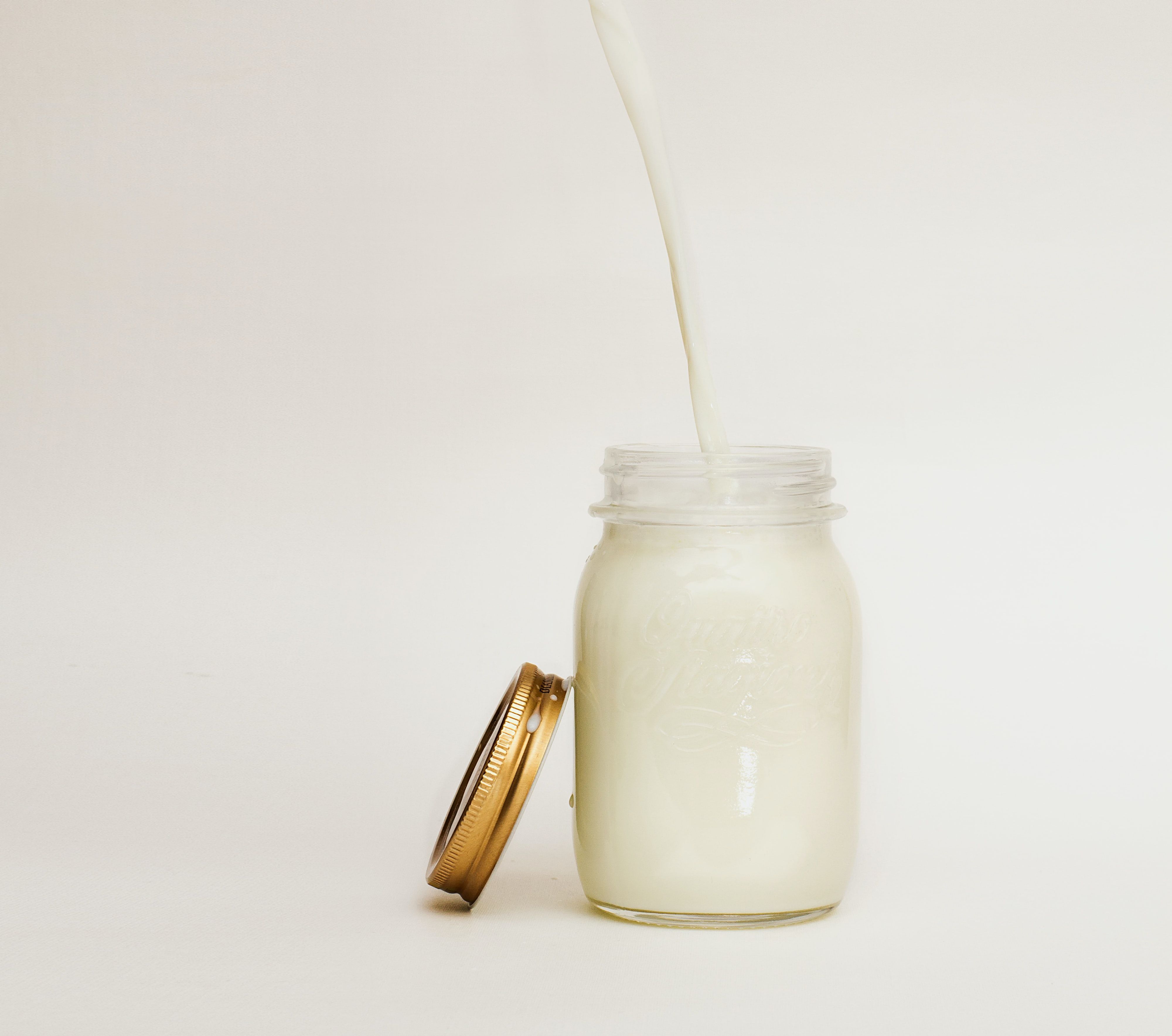
This snack is probably a more uncommon choice amongst golfers. Having milk on a hot summer day is an unsettling thought. However, the same goes for a warm beer yet that does not stop golfers. Simply swap one of your adult beverages for a serving of milk. Studies have been inconclusive as to whether the increased milk fat in whole milk versus low-fat milk is beneficial or harmful. So take your pick.
As alluded to above in speaking about Bryson, protein shakes are also a good option. However, be careful which you choose as certain shakes like Ensure have high sugar contents as well as artificial sweeteners. Instead, Fairlife’s Core Power protein shakes or Orgain’s Organic Nutrition Shake (Bryson’s choice) are better alternatives.
Whether you prefer the shake or plain milk, you can be sure to get a solid amount of protein. (About 8 or 9 grams from 8 ounces of milk and 16 to 26 grams from protein shakes). A further note about this protein. Milk from cows contains two types of protein: casein protein and whey protein. The split is about 80% to 20%, respectively. Both types are complete proteins, meaning that they contain all nine essential amino acids. Whey protein is quickly absorbed and digested in approximately 20 minutes. By contrast, casein protein is much more slowly digested, roughly 2 to 4 hours. Therefore, casein protein is a wise choice to provide a constant supply of nutrients for those whose eating habits are restrained on the golf course. Fairlife protein shakes are made from real cow’s milk which suggests that the casein content is high, but other shakes may be more whey based.
Since you likely will not find more than 250 calories in a protein shake or allotment of milk, you may need to supplement this snack with another one from our list if you are trying to maintain your weight. The number one electrolyte from milk is calcium, with a serving providing 25% to 30% DV.
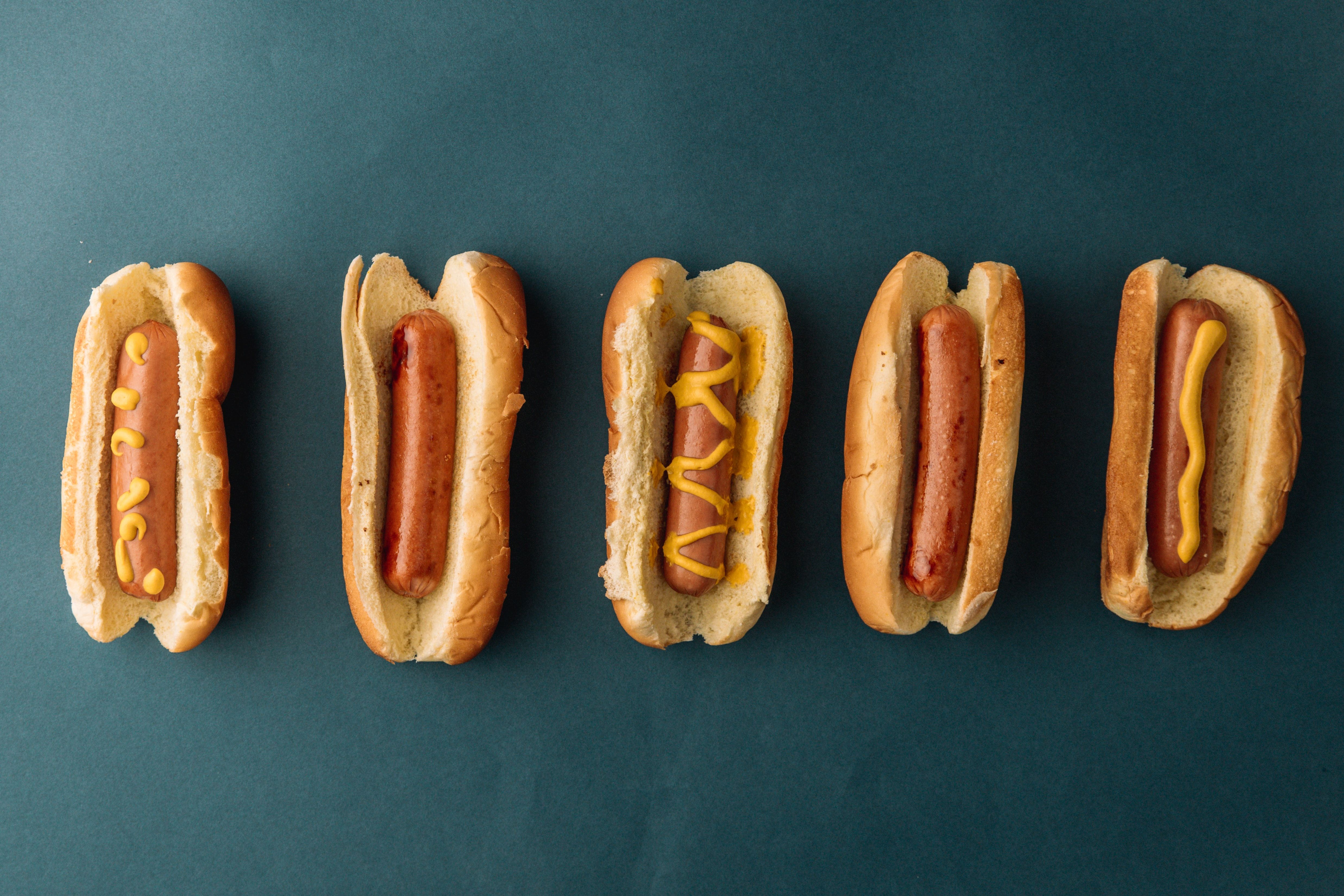
I want to preface this food by clarifying that it is certainly the least healthy option on this list. Nevertheless, hot dogs are likely by far the ultimate grab-and-go selection at a golf course, especially in the United States. Truth is, while processed meats are bad for you, the classic hot dog is not the worst for your game.
A typical hot dog including the hot dog bun clocks in at about 300 to 400 calories with 11.4 grams of protein. Naturally, depending on your taste and choice of condiments, the calorie count will increase – of course mainly those calories will be sugar and sodium. Speaking of sodium, a hot dog yields over 50% your DV of this mineral. This is why an indulgence in this salty meat is not recommended. However, to replenish your electrolytes, a hot dog can be managed in moderation. Thankfully, hot dogs also contain potassium as well as small amounts of magnesium and calcium to balance the sodium out.
Beef jerky is another easy on the go treat that is similar to hot dogs. Essentially, they are both processed meats. Thus, a hot dog can provide golfers without an interest in healthier foods a good way to maintain their energy while golfing. Just keep in mind a recent study revealing that “eating a single hot dog could take 36 minutes off your life.”
Well, that’s basically it for this article. It’s not a good idea to run on empty for the four-plus hours on the golf course. Now you know the nutrition and associated foods that will give your energy and game the best boost. Snack away!